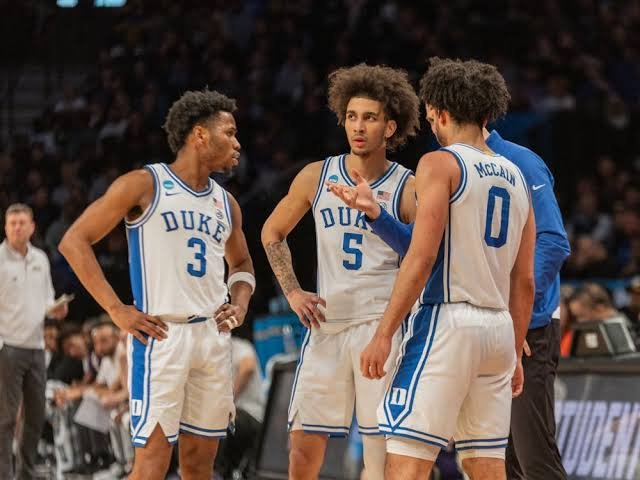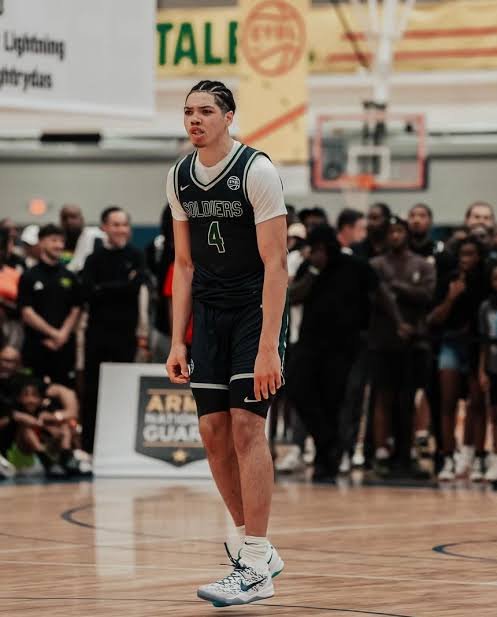“College Basketball in Turmoil: Is the Transfer Portal Destroying Team Chemistry and the Future of the Game?”
College Basketball in Turmoil: Is the Transfer Portal Destroying Team Chemistry and the Future of the Game?
The rise of the NCAA transfer portal has sent shockwaves through the landscape of college basketball. Once a system where players faced significant hurdles to transfer, the portal has revolutionized the way athletes approach their careers, leading to a surge of movement among players, coaches, and programs. However, as the dust settles on this new era, concerns are mounting about the long-term implications of the transfer portal, specifically its impact on team chemistry, player development, and the very essence of college athletics.
#### The Portal Phenomenon
Since its inception in 2018, the transfer portal has transformed the recruitment process. Previously, athletes wishing to transfer often encountered convoluted rules and restrictions that limited their options. Now, with a streamlined process, players can declare their intentions and explore opportunities at other institutions without facing the punitive barriers that once existed. According to NCAA reports, the number of basketball players entering the transfer portal has skyrocketed, with over 1,000 Division I men’s basketball players entering the portal in 2023 alone.
This newfound freedom may appear beneficial for athletes seeking improved playing conditions or coaching styles, but it has created a chaotic environment for programs trying to maintain continuity. Teams that once nurtured young talent now face the prospect of rebuilding their rosters almost every season, undermining the foundations necessary for success in a sport that thrives on team cohesion.
#### The Impact on Team Chemistry
One of the most significant concerns about the transfer portal is its toll on team chemistry. Successful basketball teams are built on trust, communication, and a shared understanding of each player’s roles. When rosters change drastically from year to year, it can hinder the development of these vital elements.
Take, for instance, powerhouses like Duke and Kentucky, known for their one-and-done recruiting strategies. These programs have long relied on elite high school talent to sustain their success. However, the influx of transfers adds another layer of complexity to roster management. Coaches now have to juggle the integration of established players coming from other programs while still nurturing the potential of incoming freshmen. This rapid turnover can create disunity, as new players struggle to adapt to established cultures and systems.
Moreover, pre-existing relationships among teammates can break down when players leave or join teams mid-season. The emotional toll on players who have invested years in building rapport with their teammates can lead to disengagement, poor performance, and ultimately, a lack of overall team success.
#### The Development Dilemma
Another critical aspect of concern is player development. Traditionally, college basketball served as a training ground, allowing young players to grow into their roles, refine their skills, and prepare for the professional level. However, the transfer portal has shifted this paradigm. Many players, feeling pressured to secure immediate playing time, abandon programs too quickly, seeking instant gratification rather than engaging in the crucial developmental process.
Take the case of a talented freshman who may not see the court as much as anticipated. In previous eras, this player would commit to understanding their role, potentially becoming a significant contributor after a year or two. Now, faced with the option to chase playing time elsewhere, many opt to leave, depriving themselves of the opportunity to develop valuable skills. The ramifications of this trend extend beyond individual players—entire programs risk losing potential stars to other institutions.
#### Coaches in Crisis
Head coaches find themselves in a precarious position, forced to adapt quickly to the changing dynamics of their rosters. In previous decades, recruiting was a long-term investment focused on developing relationships with high school talent. Now, coaches must invest equal effort in identifying transfer candidates who can bolster their team’s immediate prospects.
This shift requires coaching staff to invest ample time scouting and evaluating talent not only among high school players but also among their peers in the transfer portal. As a result, many programs are experiencing coaching turnover as the demands of the new recruiting landscape lead to burnout, creating instability in leadership roles.
Moreover, the potential for mismatched player-coach relationships increases with the transfer portal’s fluidity. Players may leave programs if they feel their playing style does not align with the coach’s philosophy, ultimately risking the foundation of trust that is vital for success.
#### The Broader Implications for College Athletics
The long-term consequences of the transfer portal raise questions about the future of college athletics as a whole. While it ostensibly empowers players, critics argue it undermines the very essence of what college sports represent: loyalty, dedication, and the spirit of competition. As talented athletes prioritize personal success, programs steeped in tradition may struggle to maintain their identities.
Additionally, the competitive balance across college basketball is shifting. Programs with ample resources and strong recruiting power are often better positioned to attract top transfers, leaving smaller schools at a competitive disadvantage. This can lead to a homogenization of talent concentrated in a few elite programs, undermining the diversity of competition across the college basketball landscape.
#### Conclusion: A Call for Balance
The transfer portal is undoubtedly an evolution in college basketball, offering opportunities and flexibility that were once unimaginable. However, its impact on team chemistry, player development, and the stability of programs is concerning. Coaches, players, and administrators must work collaboratively to find a balance that preserves the integrity of the game while allowing athletes the freedom to pursue their desired paths.
As college basketball continues to navigate this new terrain, stakeholders must prioritize stability and collective growth. Establishing guidelines around the transfer process, promoting the importance of development, and fostering a culture of loyalty can help ensure that this innovative shift does not unintentionally compromise the future of the sport. The challenge lies in harnessing the benefits of the transfer portal while mitigating its potential pitfalls, ensuring that the heart of college basketball remains intact.




Post Comment